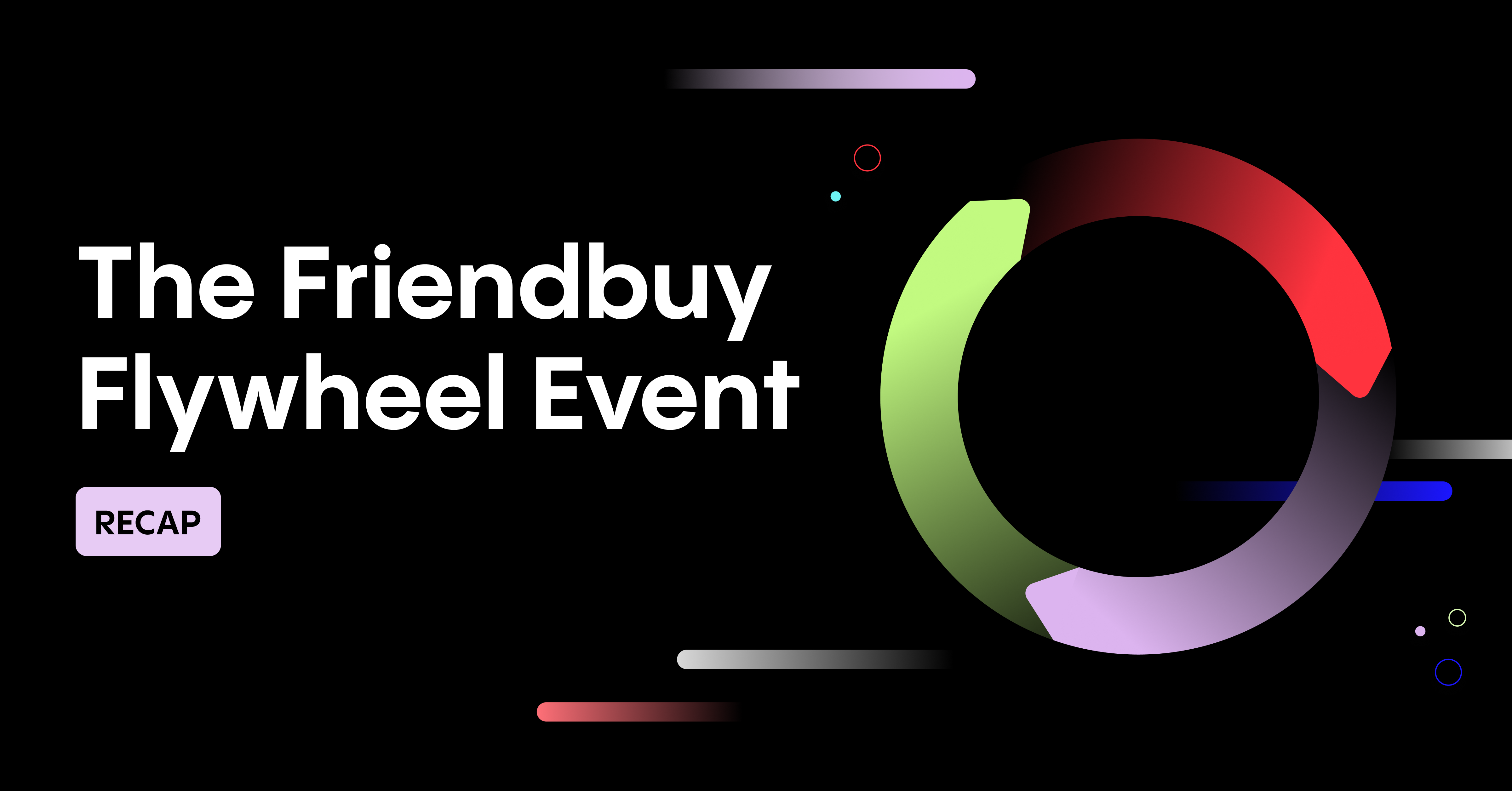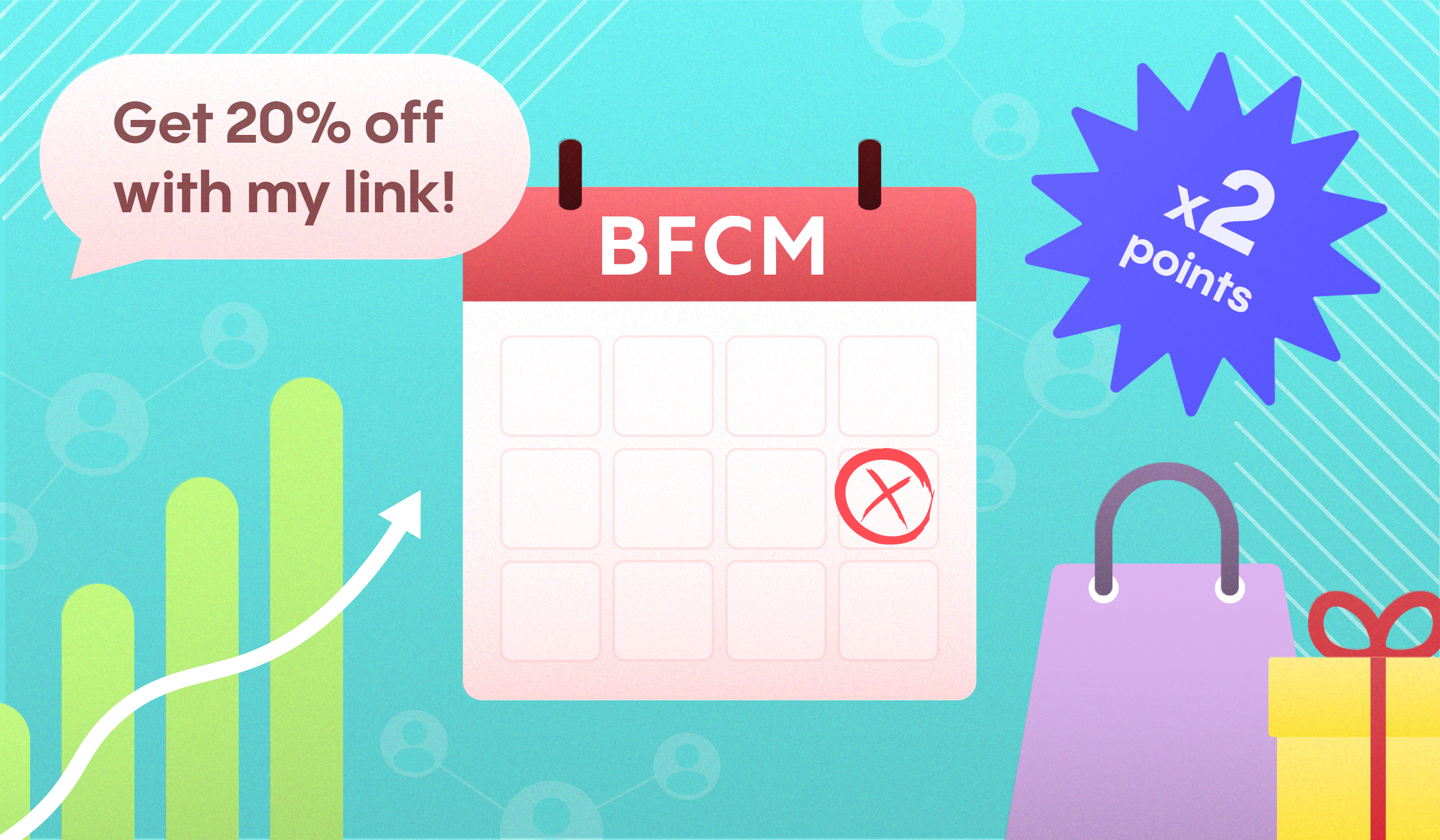You learned from our last blog post why Customer Happiness Index (CHI) is a metric you can't afford to ignore. Optimizing every touchpoint of the customer journey can be a powerful opportunity for growth and should be a consistent part of your ecommerce strategy.
Amazon CEO Jeff Bezos put it best:
“We see our customers as invited guests to a party, and we are the hosts. It’s our job every day to make every important aspect of the customer experience a little bit better."
But how do you measure the happiness of your customers? Seems like an iffy proposition, right? When measuring CRO campaigns, it's clear that the key performance indicator (KPI) is the conversion rate. How do you quantify and optimize your customer happiness index?
It's actually pretty simple
The metric is called Net Promotor Score (NPS).
Lindsey Gusenberg calls NPS:
"The best way to way to measure customer happiness."
Measuring your NPS is very simple and is derived from one question you can ask your customers: How likely is it that you would recommend our customer service department or company to a friend or colleague?
The scoring is based on a scale of 1 (not likely) to 10 (very likely), and most ecommerce stores also ask their customer why they gave that rating. The idea is to measure the word of mouth you're generating form the customer experience you're providing your customers.

Visitors that give you an NPS of 0-6 are considered Detractors. Obviously not good.
Those who give you a score of 7-8 are Passives, meaning they're satisfied with their purchase but could easily jump ship for another shop.
Scores of 9-10 are Promoters, happy customers, who will buy from you time after time and tell others to buy from you.
And word of mouth is where it's at. According to Jonah Berger, professor at the Wharton School and the author of Contagious: Why Things Catch On, word of mouth is worth 10 times more than traditional advertising.
Tony Hsieh, the CEO of Zappos, agrees, saying this about word of mouth marketing and customer success in his book, Delivering Happiness: A Path to Profits, Passion, and Purpose:
“Our philosophy has been to take most of the money we would have spent on paid advertising and invest it into customer service and the customer experience instead, letting our customers do the marketing for us through word of mouth.”
To get a visual look at what NPS scores look like, here they are fed through Google Analytics:

So what is a good Net Promoter Score? To calculate your store's NPS, simply subtract the percentage of your detractors from your promoters. An NPS score of 50 is amazing.
Zendesk recently released some NPS benchmarks, and they found that the median NP score for B2C companies is 32. (tweet this)
One thing to note when it comes to NPS ratings is that it's usually all or nothing.

If you look at the distribution of NPS scores above, you'll quickly see that 81% of the scores were either promoters or detractors, without much in between. In an all or nothing game like CHO, you can see why it's so important to give every last customer a great experience.
Feedback Is Good, But Instant Feedback Via Email Is Better
Getting the feedback you want from online users is notoriously hard. There isn't much incentive to do it, and customers are only willing to give you a few seconds of their time.
Thankfully, customer satisfaction surveys and support software companies get this. They've developed instant email feedback ratings as away to give you the customer feedback you want without annoying your customer base.
Less than a year ago, Zoho created a tool that allows their users to get customer feedback directly from the support email that solved the problem.

Since launching this tool, they've seen a 60% increase in the number of satisfied customers, who give ratings to their users. Rad, right?

Even more, they've created the ability to automatically escalate negative feedback from unhappy customers to a manager or support rep with filters, so you can quickly resolve the issue before you lose a customer or they start airing your dirty laundry on social media. And this happens a lot, with 26% of consumers posting negative comments on social media after receiving poor customer service.
Although not in ecommerce, Trello, a task management software company, began using Help Scout's in-email support tool to measure customer satisfaction with great success. They even took advantage of the option to customize the copy of the ratings that appear in their support emails:

After a customer gives a rating, the customer interaction data is instantly imported into Help Scouts' analytics backend, where Trello's marketing team can see, almost in real time, how their customers feel about their support efforts.

This incredible volume of feedback has led Trello to improve all kinds of things they would have never thought of otherwise - like email autoresponder copy and how they resolve certain categories of support tickets. It's also prompted them to retrain their support staff to better help with some misunderstood parts of their software.
But perhaps the best results measuring customer satisfaction we've seen have come from Marks & Spencer, a leading UK retailer that has over 78,000 employees. They implemented Bazaarvoice's customer review software into their post-purchase email campaigns and saw a 427% increase in customer feedback for their website. (tweet this)
Marks & Spencer's customer service, website and product marketing teams have all used this valuable feedback to streamline processes and make sure customer satisfaction and service issues are resolved as quickly as possible.
Think about all of the blind spots you could find in your ecommerce store with instant feedback like this.
Cast an Enchanting Spell on Your Customers with CHO
Recently, researchers from the UK & Denmark critiqued the modern state of consumer culture and argued that it has become too scientific and rational, removing any hint of magic or enchantment from the customer journey.
Let's face it. With all of the ecommerce research and customer data now that's out there to digest, we've become too focused on the conversion game, and in many cases we've failed to consider how our store optimization efforts affect the real, living, breathing humans that are buying from our stores.
Of course, all the principles of CRO are important, but it's easy to lose sight of the importance of creating magical experiences for our customers, something that companies like Disney, Amazon and Zappos have built their empires on.
They don't see customer service as a cost center for repeat business, but as source of profits, and for good reason! It turns out 86% of customers are willing to pay up to 25% more to receive best-in-class customer service.

The solution? According to researchers:
"[Ecommerce marketers] need to think beyond fixed categories of enchantment and disenchantment."
For Amazon, it was giving value back to their customers in the form of free shipping and 1-Click purchasing, forgoing boatloads of profit along the way.
For your ecommerce store, the way you're able to enchant your customers will surely be different. But it's that unique way you make each customer's day that makes customer loyalty to your brand bulletproof.










.avif)

